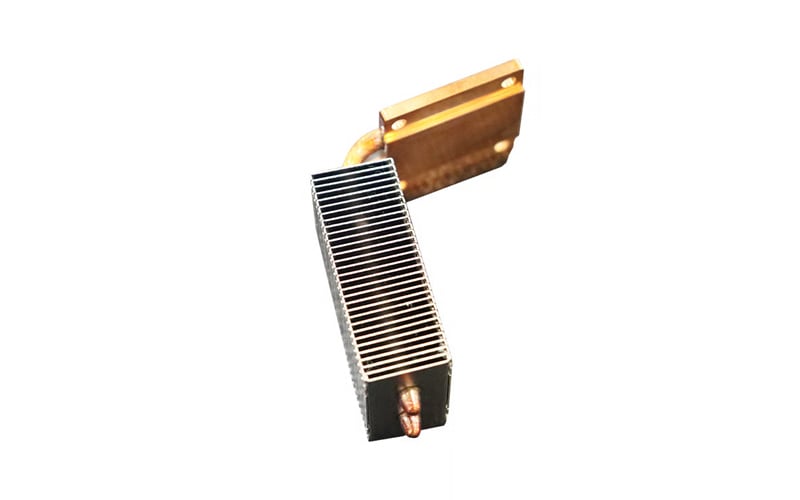The Basics of Heat Sink Modules
Heat sink modules are essential components in various electronic devices and systems to dissipate heat generated during operation. They typically consist of a metal base and fins that help transfer heat away from the electronic components.
Why Thermal Analysis is Crucial
Thermal analysis of heat sink modules is crucial to ensure that they effectively dissipate heat and prevent overheating of electronic components. It helps in determining the thermal resistance, thermal conductivity, and overall performance of the heat sink.
Factors Affecting Thermal Performance
Several factors can affect the thermal performance of heat sink modules, including the material used, the design of the heat sink, airflow around the module, and contact resistance between the heat sink and electronic components.
Importance of Thermal Conductivity
Thermal conductivity is a critical parameter that affects the heat transfer capability of heat sink modules. Materials with high thermal conductivity, such as copper and aluminum, are commonly used in heat sink construction to enhance heat dissipation.
Types of Thermal Analysis Techniques
There are various techniques used for thermal analysis of heat sink modules, including computational fluid dynamics (CFD), finite element analysis (FEA), and thermal imaging. These techniques help in evaluating the thermal performance of the heat sink under different operating conditions.
Optimizing Heat Sink Design
By conducting thermal performance analysis, engineers can optimize the design of heat sink modules to improve their efficiency and effectiveness in dissipating heat. This may involve tweaking the fin design, increasing the surface area, or improving airflow within the system.
Challenges in Thermal Analysis
One of the challenges in thermal analysis of heat sink modules is accurately modeling the complex heat transfer phenomena that occur within the system. Factors such as conduction, convection, and radiation must be taken into account for a comprehensive analysis.
Benefits of Simulation Software
Simulation software plays a vital role in Thermal Performance Analysis of Heat Sink Modules by providing a virtual platform to simulate heat transfer processes. It allows engineers to quickly evaluate different design variations and optimize the heat sink performance.
Testing and Validation
Once the thermal analysis is complete, it is essential to validate the results through practical testing. Thermal testing helps ensure that the heat sink modules meet the required thermal specifications and can effectively dissipate heat in real-world applications.
Future Trends in Thermal Management
As electronic devices continue to evolve and become more compact and powerful, the demand for efficient thermal management solutions, such as advanced heat sink modules, is expected to rise. Thermal analysis will play a crucial role in developing innovative cooling solutions for future electronic systems.

